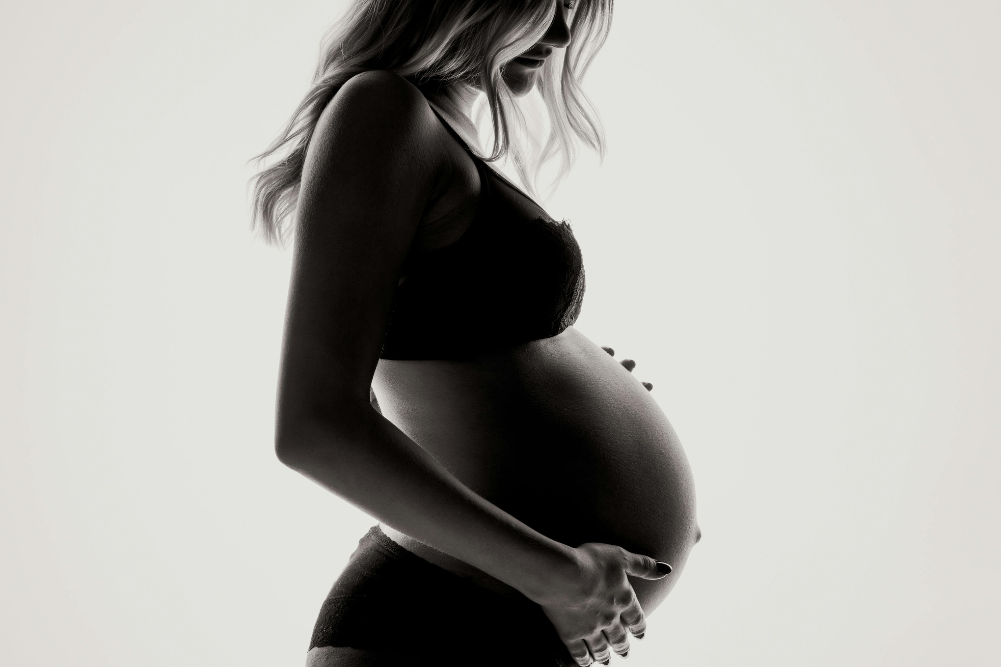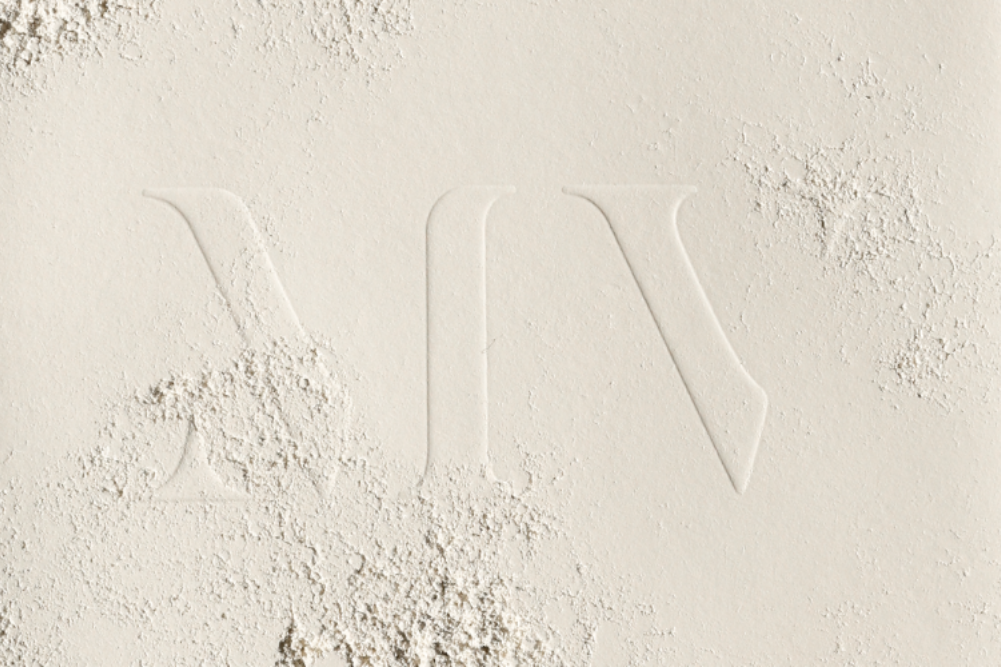Alzheimer’s disease
Alzheimer’s disease — where are we in 2010?
Al Pacino endearingly stumbles through a coffee TV advertisement, struggling to recall what he enjoys most in life, aside from a beverage that, ironically, may help to prevent dementia. Coffee drinking in midlife decreases the risk of Alzheimer’s disease later in life.
Kate is a 54-year-old mother of three and a school teacher who worries that her inability to instantly recall the names of prominent celebrities may mean her brain is lurching inexorably down the stony path that is Alzheimer’s disease. For the past few years, Albert, a 69-year-old farmer, has noticed he is becoming increasingly forgetful and, with his brain scan identifying some shrinkage of his brain cells, the terrifying truth dawns on him that he might be plunging down the bottomless abyss of this harrowing disorder.
The problem with Alzheimer’s disease is there’s no way to tell whether Al, Kate or Albert are actually seeding the destructive biochemistry that leads to Alzheimer’s disease. As me move into middle age and beyond, most of us will become forgetful but right now we simply don’t have the tests to tell us who is in danger.
In view of an ageing population becoming the largest demographic in the Western world and with the occurrence of Alzheimer’s escalating with ageing, there is intense pressure on research scientists to untangle the mighty web that engulfs our brain cells as Alzheimer’s relentlessly destroys every last vestige of our human dignity.
That’s the trouble with Alzheimer’s. Scientists are now acknowledging that it’s a complex disorder and because of this we aren’t really clear yet on what causes it, which means we are groping in the dark when it comes to outlining strategies for prevention. We used to think it had everything to do with the accumulation of a toxic protein called amyloid beta, which in turn causes another normal protein called tau that normally preserves brain cells to implode; together, these would progressively gobble up our brain cells with insatiable gluttony.
We were also reasonably confident that what propelled the development of amyloid beta and mangled tau protein was the twin evils of excess free radical stress and inflammation, which is characterised by an overactive immune system.
Limiting this malevolent twosome would seem to be a guaranteed way to halt the development of Alzheimer’s dementia dead in its tracks.
Neutralising free radicals with omnipotent antioxidants and freezing inflammatory molecules have been the foundation of a number of trials searching desperately to unravel the magic formula that prevents the build-up of amyloid beta.
While the animal and cell culture trials have been hugely encouraging, when it comes to preventing and treating Alzheimer’s disease with substances such as green tea, caffeine, curcumin, resveratrol and ginkgo biloba, experimenting with these in the human realm has been disappointing. There is evidence that supplementing with vitamins C and E slows cognitive decline but when it comes to actually preventing Alzheimer’s dementia the combination of these vitamins has not been found to be effective. The benefits of ginkgo biloba have been shown to be mixed: while some trials show improvements in memory, a large randomised control trial in those over 75 with mild cognitive impairment revealed that this herb failed to slow the progression of dementia. This might be the point.
A substance called homocysteine is recycled to help with the manufacture of brain chemicals that affect mood and motivation, as well as the making of DNA, when there are sufficient amounts of vitamins B6, B12 and folic acid to execute this function. If this is not achieved successfully, homocysteine levels increase and the risk of developing Alzheimer’s disease intensifies.
Taking these vitamins to lower homocysteine has been shown to diminish the decline in cognitive function and to decrease the risk of developing Alzheimer’s dementia. However, studies have shown that in the elderly or those who already have dementia, lowering homocysteine by taking these vitamins didn’t yield positive effects. Perhaps the problem is that these interventions are too little too late.
What we need to do is find ways to measure inflammation and free radical stress and, more importantly, to find out whether they are setting in motion destructive events such as the buildup of amyloid beta and altered tau protein, which may result in Alzheimer’s dementia. We also need to be measuring these factors early on before they start to exact serious damage.
Mild cognitive impairment, a state whereby the mental function you have is less than in those who are the same age as you, and where others notice you are increasingly forgetful, precedes Alzheimer’s dementia by decades. By the time you are demonstrating mild cognitive impairment there is good evidence that amyloid beta has already started to assemble in considerable amounts. This would suggest that even if we are unsure what causes Alzheimer’s dementia we should be taking care of our brains long before there is any indication that break-down is setting in. Sadly, most physicians aren’t even routinely measuring free radical stress and inflammation on their patients, nor are they regularly assessing homocysteine or B vitamin status.
Toxic metals such as mercury, lead and aluminium are connected with inflammation and free radical stress, as are dental caries and gum inflammation. Aside from measuring and eliminating heavy metal overload, supplementation with nutrients such as zinc and selenium can prevent these from becoming harmful. Vitamin E taken in the form of mixed tocopherols and tocotrienols, which embrace the complexity of this vitamin, acetyl-L-carnitine and alpha-lipoic acid, resveratrol and the antioxidant carnosine may need to be incorporated early. Hormones such as oestrogen, testosterone, growth hormone, thyroid hormones, vitamin D, pregnenolone and melatonin might also provide protective benefits when used or boosted long-term.
Scientists now acknowledge there is more to the Alzheimer’s story that simply free radical stress, inflammation and amyloid beta. But this doesn’t mean we should abandon Al Pacino, Kate and Albert.







